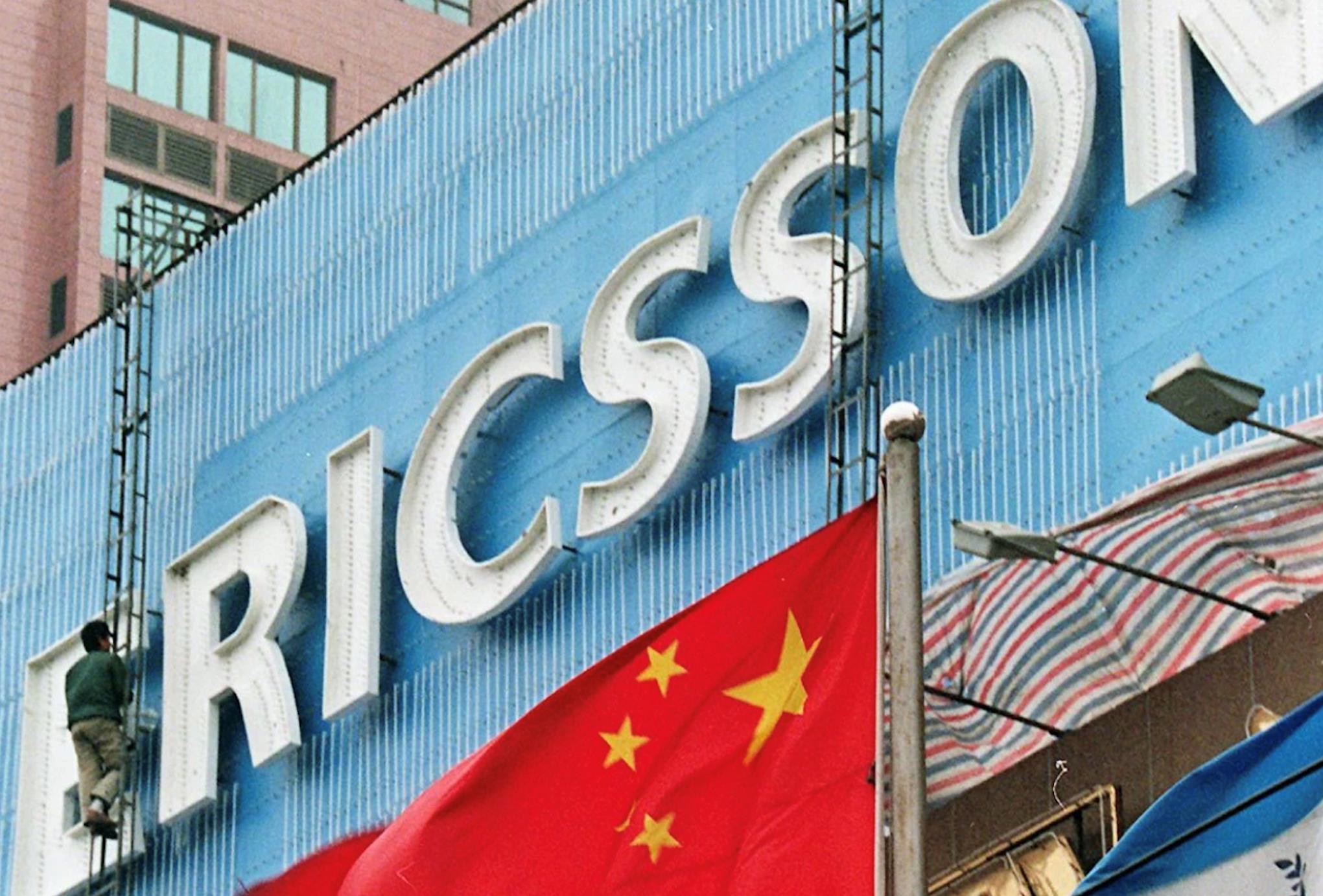(MENAFN- Asia Times) NEW YORK – nokia departed this week from the US industry umbrella organization that's promoting a software-based alternative to Huawei's state-of-the-art 5G infrastructure – a blow to the credibility of a project that's had trouble getting off the ground.
Eighteen months ago the trump administration dropped plans to create an American national champion to counter Huawei's dominant position in 5G broadband infrastructure. Instead, it endorsed a software-based approach known by the acronym O-RAN – Open radio Access Networks.
Cheap generic computer components driven by sophisticated software would replace the dedicated processor chips and radio modems that Huawei, Ericsson and Nokia build into 5G base stations and receiving devices – and would bypass Huawei's superior technology and enormous patent portfolio.
Trump's economic advisor, Larry Kudlow, quoted O-RAN enthusiast Michael Dell – by coincidence a leading provider of generic components – to the effect that“software eats hardware.” America's tech companies exited most of their manufacturing businesses after the 2000 recession and concentrated on more profitable software.
By the end of 2020, China had built nearly 700,000 5G base stations, or 70% of the world's total, compared with only 50,000 in the United States. China will build another one million during 2021, providing 5G service to all cities with populations of 250,000 or more.
Huawei has about three-fifths of China's 5G infrastructure market and appears to suffer from no constraints in semiconductor availability for the buildout. Meanwhile, O-RAN has yet to get beyond initial tests.
Sweden's Ericsson, Huawei's largest competitor, waved off the O-RAN project as infeasible, but the number three telecom equipment provider, Finland's Nokia, joined the US industry umbrella group promoting the software approach.

Sweden's Ericsson has been frozen out of new 5G contracts in China. Credit: Handout.
Nokia dropped out of the O-RAN Alliance this week in response to an American decision to put some of Nokia's Chinese partners on the entity list that sanctions Chinese companies whose activity is deemed threatening to US national and security interests.
Nokia was concerned that continued collaboration with the O-RAN coalition in the US could expose it to American sanctions because of its business dealings with sanctioned Chinese companies.
The three sanctioned Chinese companies, Inspur, Kindroid and Phytium, are relatively minor players in the global communications market. Phytium manufactures chips, Inspur makes computer servers and related products and Kindroid is a subsidiary of Kyland Technologies, a manufacturer of Ethernet switches and industrial controls.
It is unlikely that any of these companies provide technology to Nokia that the Finnish giant can't find elsewhere. But Nokia has an important interest in China and may not want to offend Beijing by breaking ties with Chinese companies at Washington's behest.
In July, Reuters reported that China Mobile had awarded Nokia about 10% of its new contracts for 5G base stations, with 60% going to Huawei and 30% to China's ZTE, respectively. In June, China Unicom, the country's second-largest mobile broadband provider, awarded Nokia 10% of its new base station contracts.
Until early in 2021, Ericsson occupied the number three slot in China's infrastructure business – now about three-quarters of the world's total in 5G technology. But a decision by the Swedish government to exclude Huawei from participating in Sweden's modest 5G market prompted retaliation by China, which has frozen Ericsson out of new 5G contracts.
Nokia was the immediate beneficiary. Last year Chinese industry analysts dismissed Nokia's Chinese efforts as inferior to those of its Swedish competitor, but the tide of political fortune favored the Finnish company.
That gives Nokia another reason to tread carefully with Chinese authorities.
Nokia also employs 10,000 researchers at its Shanghai Bell subsidiary, formerly the China arm of Alcatel and Lucent, whose telecommunications units were acquired by Nokia. Nokia Shanghai Bell is a joint venture with China Huaxin.

A 5G technology presentation at Nokia Bell Labs. Photo: AFP / Vanessa Carvalho / Brazil Photo Press
For O-RAN and its American umbrella group, the trouble is that China's market for 5G telecommunications is so much larger than America's that major international players like Nokia will drop out of the American effort rather than compromise their Chinese business.
Critics of O-RAN argue that the much-touted alternative to Huawei will be costly, cumbersome and ineffective. Henry Kressel wrote in Asia Times on December 29, 2020:
A Chinese telecom industry executive who requested anonymity told Asia Times:“Writing the software will take years, and it will take at least two years of testing to de-bug it. The security problems will be a nightmare. There are enormous vulnerabilities in a system that requires millions of lines of code.”
Even if O-RAN works for 5G carriers like Verizon, AT & T or T-Mobile, it will be a horror for private 5G networks for industrial applications, according to Celona CEO Rajeev Shah. Shah wrote in Forbes:
Traditional cellular networks are composed of individual components that are sourced from multiple vendors and integrated by Mobile Network Operators. While this model continues in the telco 5G ecosystem — including the RAN, mobile core network and orchestration layers — it doesn't work for enterprises because it leaves the heavy cost and operational burden of integration to enterprise IT staff or system integrators.
Most enterprises don't want the complexity, cost and massively long lead times associated with building an elaborate cellular network. For them, simplicity, affordability and seamless integration are imperative. Look no further than to the evolution of enterprise Wi-Fi to see why.
That's a fatal flaw in the O-RAN approach because the biggest economic benefits from 5G will come from enterprise applications, including industrial robotics,“smart” logistics, automated warehouse and ports, autonomous vehicles, so-called smart cities, telemedicine, remote-controlled mining and so forth.
As a consumer technology, 5G is superfluous; individual users can stream live video with 4G LTE, and 5G's higher download speeds are only an incremental improvement.
But enterprise applications are a game-changer because the low latency and higher data transmission capacity make possible a whole range of new technologies.
In June , Huawei's Chief Technology Officer Paul Scanlan told Asia Times that Huawei has already built enterprise networks for 2,000 manufacturing companies and plans to build 16,000 next year. The Chinese giant has also built 5,300 networks for mining companies, Scanlan added.
It is hard to obtain totals for private 5G networks in the United States, but the aggregate number appears to be somewhere in the hundreds, according to industry sources.
MENAFN03092021000159011032ID1102734459
Legal Disclaimer:
MENAFN provides the information “as is” without warranty of any kind. We do not accept any responsibility or liability for the accuracy, content, images, videos, licenses, completeness, legality, or reliability of the information contained in this article. If you have any complaints or copyright issues related to this article, kindly contact the provider above.